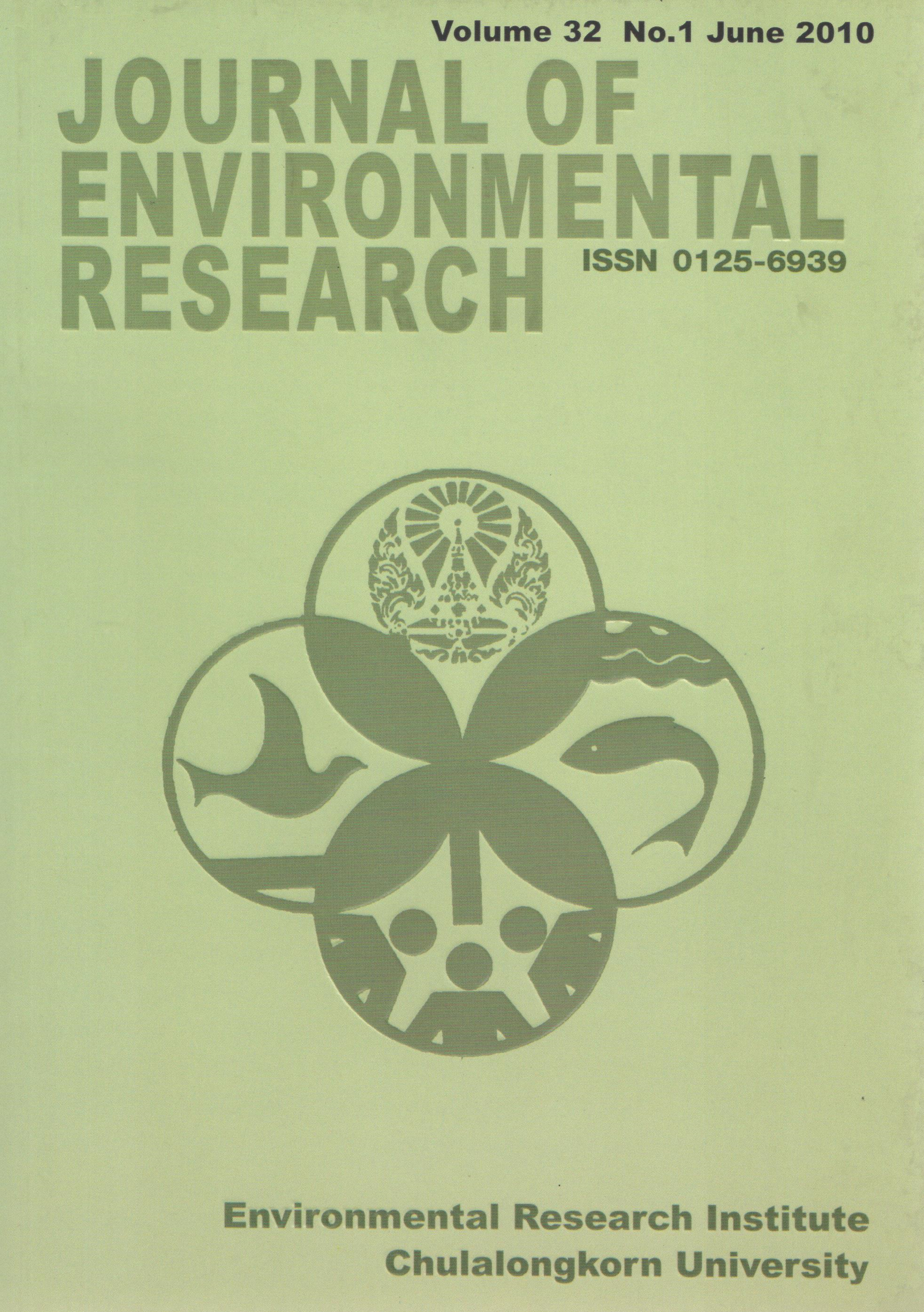Observed Changes in Daily Rainfall Extreme Along Thailand's Coastal Zones
Main Article Content
Abstract
Trends in daily rainfall extreme along Thailand's coastal zones were examined, based on 28 high-quality series of daily rainfall data observed at the stations along the Andaman Sea Coast (ASC), the Gulf of Thailand's western coast (GoTw) and the Gulf of Thailand's eastern coast (GoTe). A set of core climate extreme indices recommended by the WMO-CCL/CLIVAR Expert Team on Climate Change Detection, Monitoring and Indices (ETCCDMI) that measures different aspects of rainfall extreme events such as wetness and dryness conditions, frequency and intensity rainfall events was calculated. Analysis of these indices revealed notable changes in rainfall extreme events along Thailand's coastal zones in the recent decades. On the ASC, significant changes were characterized by an overall decrease in total rainfall amounts accompanied by a coherent reduction of heavy and intensity rainfall events. However, extreme rainfall changes on the GoTw were marked by more intense daily rainfall associated with a significant decrease in the number of rainy days. These changes indicate that GoTw has experienced a wetter condition and increases in magnitude and frequency of more intense rainfall events. For GoTe, changes in extreme rainfall events were relatively mixed with significant positive and negative trends. Additional analyzes of the PDFs for all stations before and after 1990 indicated a significant shift in the distribution towards a decline in dryness conditions. This observed change provides a vital clue of shift in extreme rainfall characteristics along Thailand's coastal zones under an anthropogenic-induced warmer regime and fluctuations of regional climate variability. Our findings suggest that coastal areas of Thailand will be disproportionately exposed to increasing risks of different extreme rainfall-driven disasters. Anticipated impacts including increases in inland flash flood, more frequent coastal flooding, coastal erosion and severe water shortage will introduce devastating pressures, and intensify other existing social-economic problems on natural resources and environment in the coastal areas of Thailand. Therefore, further assessment on vulnerability and risk is needed to shed more light on how to cope with and adapt to such adverse impacts. Such knowledge is important for building sustainable, resilient coastal communities, and effective disaster risk and coastal managements.
Article Details

This work is licensed under a Creative Commons Attribution-NonCommercial 4.0 International License.
Published articles are under the copyright of the Applied Environmental Research effective when the article is accepted for publication thus granting Applied Environmental Research all rights for the work so that both parties may be protected from the consequences of unauthorized use. Partially or totally publication of an article elsewhere is possible only after the consent from the editors.

